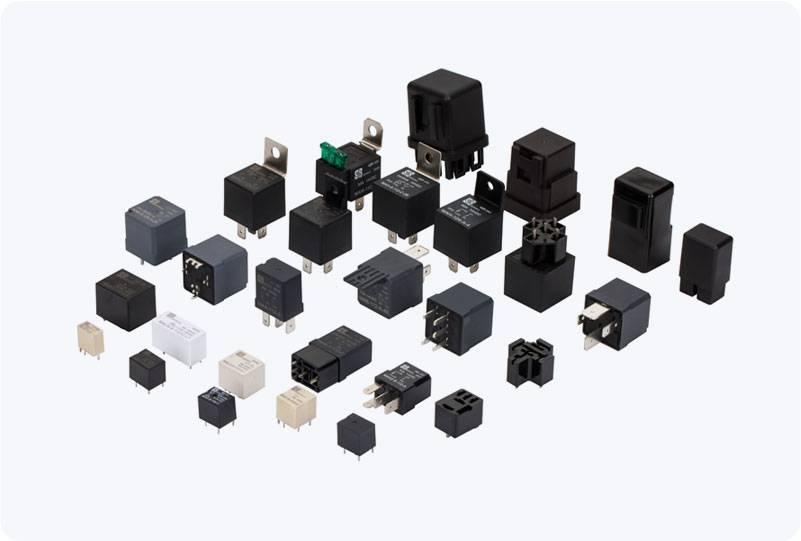The starter motor relay plays a crucial role in the proper functioning of a vehicle’s starting system. As a component that is often overlooked by many car owners, it deserves more attention due to its significant role in ensuring that the engine starts properly. In this article, we will delve into the function of the starter motor relay, its importance in the starting system, and how to troubleshoot issues related to it.

What is a Starter Motor Relay? A starter motor relay is an electromagnetic switch that connects the vehicle’s battery to the starter motor when the ignition key is turned or when the start button is pressed. It is typically located near the vehicle’s starter motor and serves as the intermediary between the ignition system and the starter motor, enabling the flow of electrical current needed to start the engine. When the ignition is engaged, the relay is activated, and it completes the circuit by allowing current from the battery to flow into the starter motor. This energy triggers the starter motor to rotate, turning the engine over and initiating the vehicle’s start-up sequence. Once the engine begins to run, the relay deactivates and cuts off the current to the starter motor, preventing it from continuing to run unnecessarily.